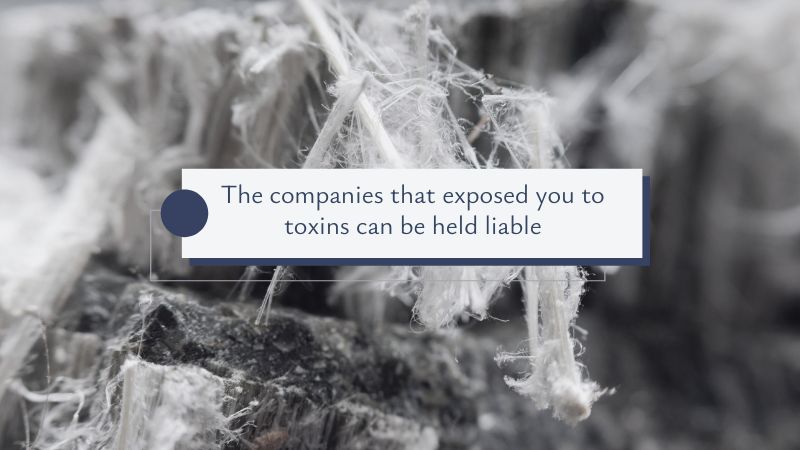Secondary asbestos exposure, a serious concern for the family members of Sherwin Williams workers
Chances are, if you shared a living space with a family member who was working for Sherwin Williams at the time, you were also exposed to asbestos, though to a less severe degree. Nonetheless, secondary asbestos exposure can be as dangerous as occupational asbestos exposure, as once inside the body, asbestos fibers will attach themselves to the lining of various organs, particularly the lungs, and gradually produce inflammation and scarring. Over the years, these symptoms may give way to the development of a serious disease, such as lung cancer or mesothelioma. In the regrettable event that you suffer from a disease you suspect is the result of secondary asbestos exposure, please contact our law firm immediately and we will promptly evaluate your situation. If you are eligible for compensation, our skillful attorneys will file a claim with Sherwin Williams, which is bound to result in the money you deserve for your physical and emotional distress. The only documents you will have to send your attorney are the employment records of your family member and your medical records, which will stand as evidence to support your lawsuit. In the end, you will receive the maximum compensation available for your diagnosis.
Legal assistance in wrongful death asbestos exposure cases for family members
Surprisingly, it is not unusual for victims of workplace asbestos exposure to fail to take legal action during their lifetime, as they fear a long and complicated process. In the unfortunate event that you lost a family member to a disease caused by occupational asbestos exposure, we strongly encourage you to file a wrongful death claim with the responsible company, which will result in fair compensation if you choose to work with our attorneys, who have been helping victims of asbestos exposure and their family members since 1990. While the legal process is complex and tedious, your involvement will be minimal, since you will only have to provide your attorney with the employment and medical records of your deceased loved one, as well as with their death certificate, which must state that their death was the result of a disease caused by asbestos exposure. Afterward, our resourceful legal team will take over and carefully attend to the remaining legal aspects of your claim. By filing a wrongful death claim, not only will you recover the compensation you deserve on behalf of your lost family member, but you will also hold liable the company for their negligent actions, as all asbestos companies have been aware of the dangerous health effects of exposure since 1920. It is important to know, however, that wrongful death asbestos exposure cases have a statute of limitations of 2 years from the moment of death in the majority of states, which should prompt you to take legal action as soon as possible.
